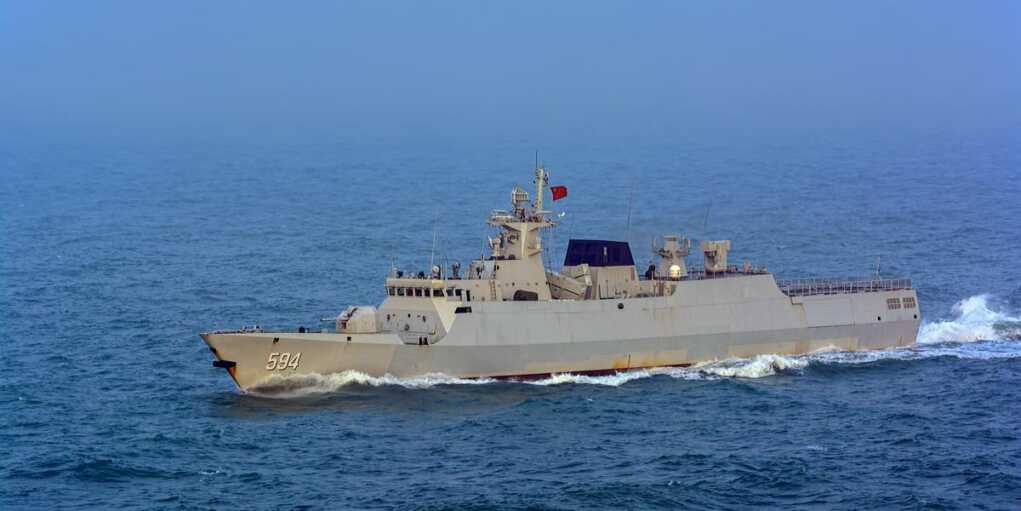WW3 Risks Skyrocket—Chinese Warships Push Into Japan’s Waters

China is ramping up military pressure on America’s allies in the Pacific—and now it’s breaching waters once thought off-limits.
On Saturday, China’s first aircraft carrier, the *Liaoning*, accompanied by two missile destroyers and a supply ship, entered Japan’s Exclusive Economic Zone (EEZ) for the first time. The move marks a significant escalation in China’s efforts to project naval power far beyond its shores—and it’s being closely watched by Tokyo, Washington, and regional allies.
The *Liaoning* carrier group passed within 200 miles of Minamitori Island, deep into Japan’s eastern waters. After briefly exiting the EEZ, the group conducted fighter jet and helicopter takeoff and landing drills under the watchful eye of the Japanese warship *Haguro*. The drills continued in the Philippine Sea, southwest of Iwo Jima.
Japan’s Chief Cabinet Secretary Hayashi Yoshimasa confirmed that Tokyo had “conveyed an appropriate message” to Beijing, though the government stopped short of lodging a formal protest. “We think the Chinese military is trying to improve its operational capability and ability to conduct operations in distant areas,” a Defense Ministry spokesman said.
This wasn’t a one-off incident. China’s other two aircraft carriers—the *Shandong* and the *Fujian*—were also engaged in drills across the Pacific and Yellow Seas this week. All three carriers are pushing farther from the Chinese mainland and closer to key flashpoints, including Taiwan, Japan, and South Korea.
The *Fujian*, China’s most advanced carrier, recently operated in the Provisional Measures Zone (PMZ), a sensitive maritime area between China and South Korea. It became the first Chinese carrier to enter that contested space, which was originally designed as a diplomatic buffer zone.
South Korean officials say China’s decision to operate in the PMZ—and its recent installation of fixed structures and military buoys—signals a growing ambition to dominate East Asian waters and undermine the U.S.-South Korea-Japan alliance.
China’s Foreign Ministry tried to downplay the move, insisting its operations are “defensive in nature” and compliant with international law. But China’s expanding carrier presence and aggressive naval maneuvers tell a different story.
In 2024, the *Liaoning* passed between the southern Japanese islands of Yonaguni and Iriomote—just 70 miles from Taiwan. Now it’s appearing in Japan’s eastern EEZ, a far more provocative location.
This aggressive expansionism is no accident. Beijing is using its fleet—especially the symbolic *Fujian*, named after the province facing Taiwan—to make one thing clear: it can deploy military force wherever it wants. And it’s daring the U.S. and its allies to stop it.
Japan, South Korea, and the United States are watching closely. But China’s message is already loud and clear: Beijing believes the Pacific is no longer America’s domain—and it’s moving quickly to prove it.
The clock is ticking for Washington and its allies. If they fail to respond decisively, Beijing will keep pushing forward—until deterrence no longer exists.

